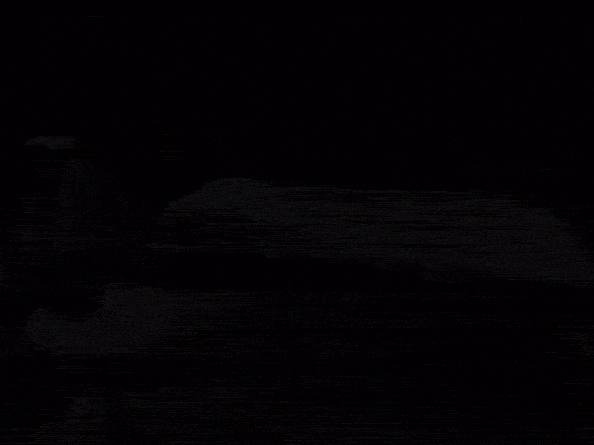My role: Level designer
Timespan: 5 weeks
Engine: Unreal 5
With a team of 10 programmers and designers, we made a third-person platformer game where you play as a slime blob in a medieval-fantasy setting. As the slime blob can climb vertical as well as horizontal surfaces the level design becomes very challenging. I decided to iterate on the floating-platform type of landscape and came up with an architecture that works with both the logic of the player character and with the enemies.
We used a "Bottoms up" approach as our work methodology, and I wanted to apply that to my level design as well. So as soon as we had a functioning prototype for the player character with the movement implemented, I started to experiment with a blockout.
Since the player character should be able to move on every surface, vertical or horizontal, I came to the conclusion that the level should consist of floating islands to make the traversal more fun and challenging.
Slanting the sides of this structure made it more approachable and taught the player that they could be climbed
Vertical movement, high climbs, and long drops, were really fun, and I tried to implement that into the level as much as possible
I wanted the final goal of the level visual from the starting point, but not reachable. A series of islands and jumps will lead the player to a great climb, where they later obtain the first key.
The second key is visible from the spot of the first key, and after getting it, the player has to drop down to continue.
After some climbing, the player reaches the third and last key, and now the player is above the initial starting point and will cross it using a bridge that takes the player to a final drop and, lastly, a corridor leading to the end of the level.
Since we had a Medieval theme, I wanted to use structures as the connecting points between the floating islands. I imagined an ancient citadel that was falling apart and thus had to be stripped for parts to be re-used in some other structure. In that way, I could add planks and scaffolding to the level to make an interesting combination with these crumbling stone structures.
But this idea also made the level more logical from the NPC/enemy standpoint because they could move around in these landscapes using the structures and have a reason to be there.
In this level design, this is important to me; Keeping the level logical for all parties using it, so it makes some sort of sense even if it is in a high-fantasy kind of world, something must still have a reasonable logic.
And this logic also becomes a narrative element that adds to the experience; instead of just being obstacles that the player needs to traverse, there is a story being told.
The blockout
The final result
The crumbling ruin held up with scaffolding, stones, and planks.
Diversifying the islands by letting some of them be covered with grass and trees and some with cobbling and structures. Sometimes there can be bridges connecting them, or sometimes the player must jump.
This bridge with buildings placed on its sides was inspired by the "Ponte Vecchio" in Florence, Italy.



